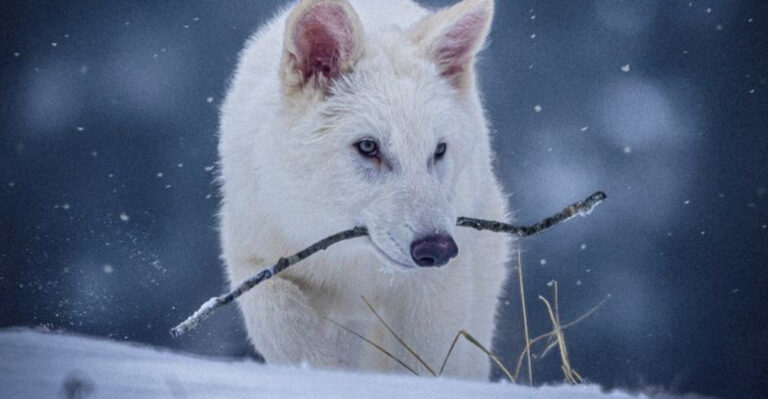8 Ways You Might Be Hurting Your Dog’s Feelings (And 7 Ways To Strengthen Your Bond)
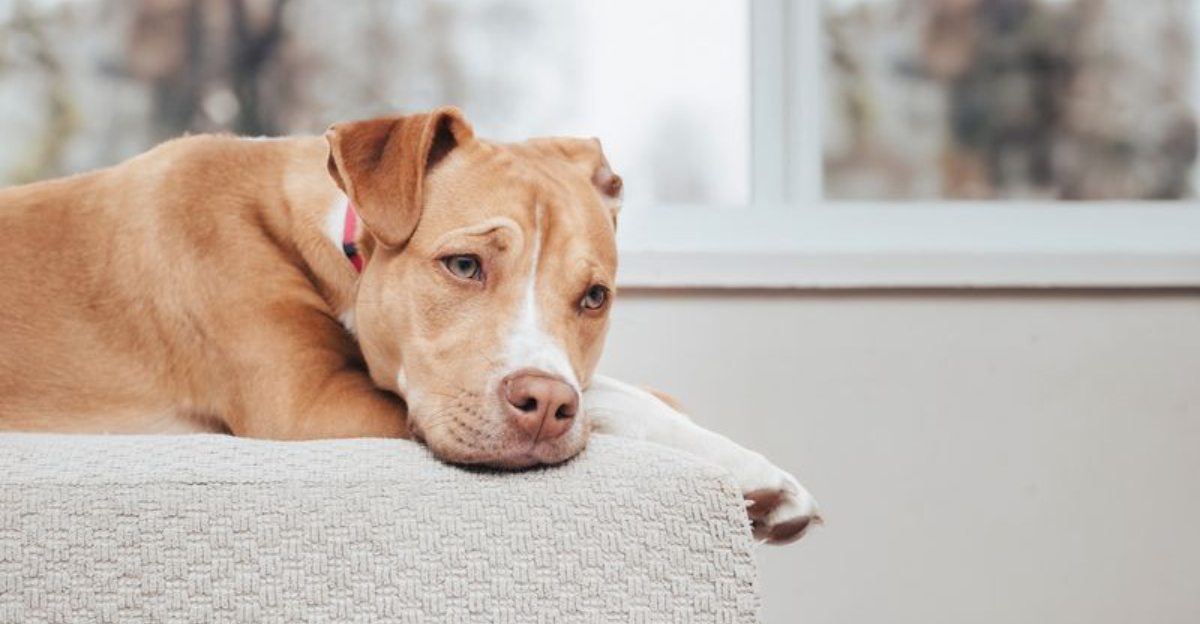
Ever catch your furry friend giving you that sad-eyed look? Dogs may not speak our language, but they absolutely have feelings. Just like humans, our canine companions experience joy, sadness, and even hurt feelings based on how we treat them.
Understanding what might be upsetting your pup is the first step to building an unshakable bond that will last a lifetime.
1. Ignoring Their Greetings

Walking through the door without acknowledging your dog’s excited welcome can feel like a major rejection to them. Your pup has likely been waiting hours for your return, counting the minutes until they see you again.
Take just 30 seconds to bend down, make eye contact, and give them a proper hello. This small gesture means the world to your four-legged friend.
2. Inconsistent Rules And Boundaries
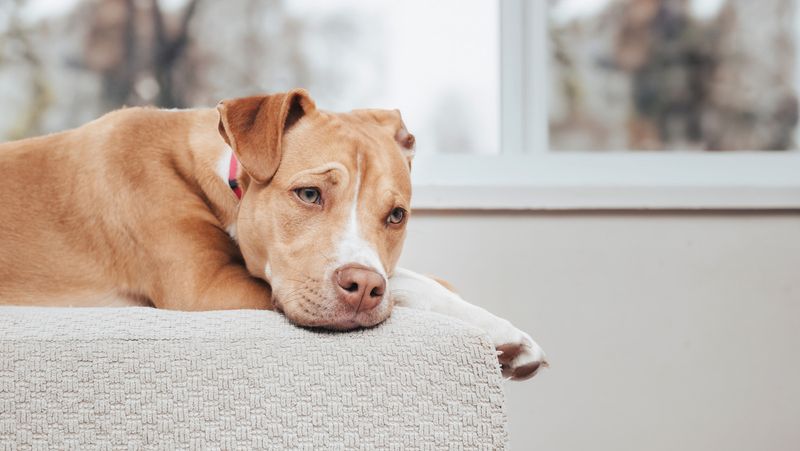
Monday they can sleep on the couch, Tuesday they get scolded for it. This flip-flopping confuses your dog and creates anxiety about what’s allowed and what isn’t.
Dogs thrive on consistency and clear expectations. When rules change daily, they feel insecure and uncertain about how to please you, which damages their confidence over time.
3. Forcing Unwanted Social Interactions
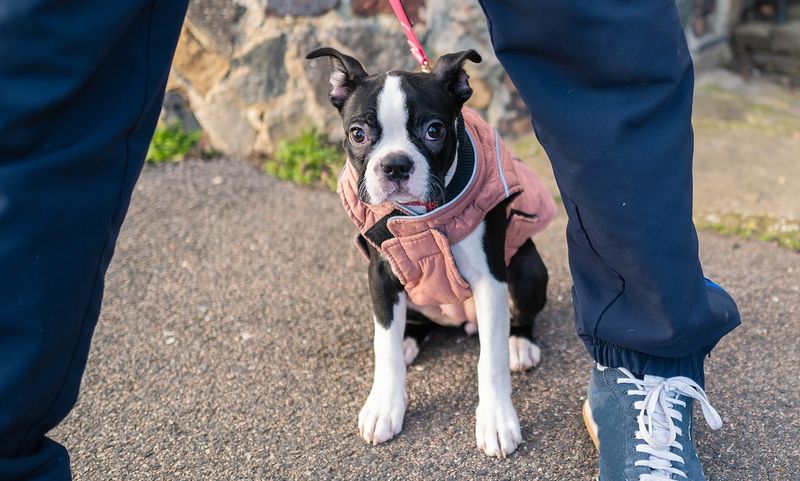
Not every dog enjoys meeting strangers or other animals. Dragging your reluctant pup toward someone they’re afraid of creates genuine distress and erodes trust.
Watch for signs of discomfort – tucked tail, ears back, avoiding eye contact. Respect their boundaries by allowing them to approach new friends at their own pace, just as you’d want others to respect yours.
4. Skipping Regular Exercise
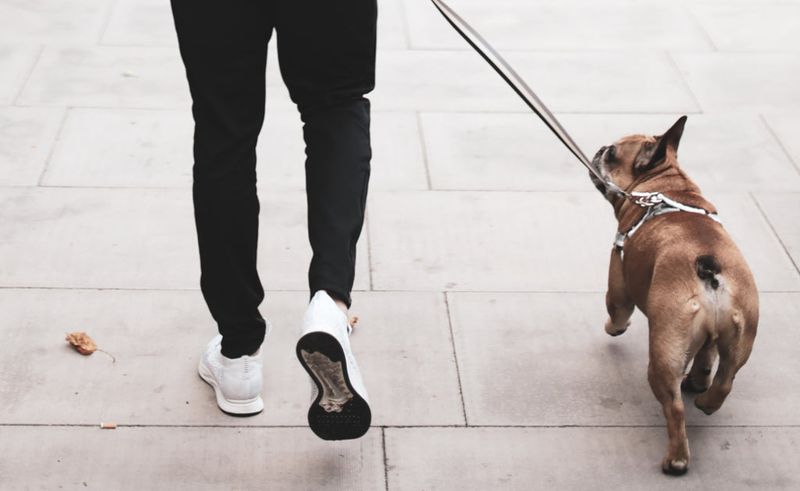
Those daily walks aren’t just for bathroom breaks – they’re crucial for your dog’s mental health. Imagine being stuck inside the same building day after day with no stimulation!
Regular exercise releases pent-up energy and prevents frustration-based behaviors. Your furry friend counts on these outings not just for physical activity, but for experiencing new smells and sights.
5. Yelling When Frustrated
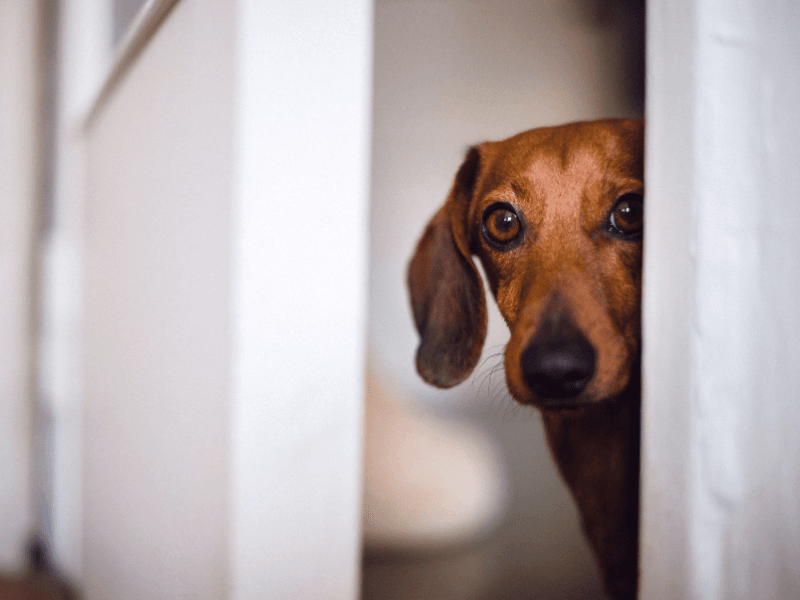
Your dog doesn’t understand why you’re suddenly loud and scary. They only know something’s wrong and they’re probably to blame, even if they don’t understand what they did.
Raised voices create fear, not understanding. Your furry friend may start avoiding you or showing stress behaviors like excessive licking or panting when you’re upset, damaging the trust between you.
6. Leaving Them Alone Too Long
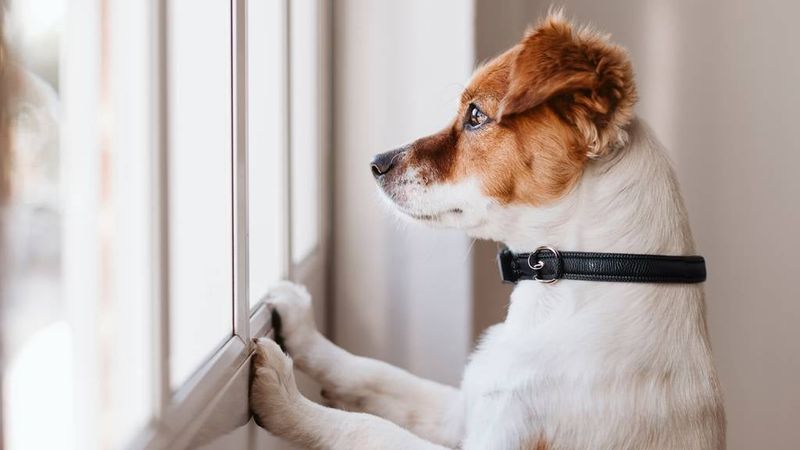
Dogs are pack animals who evolved to be with their social group. Being alone for 8+ hours regularly can trigger separation anxiety and genuine depression in many breeds.
Your pup doesn’t understand why you leave or if you’re coming back. Consider a midday dog walker, doggy daycare, or even a pet camera with treat dispenser to break up those lonely hours.
7. Skipping Playtime
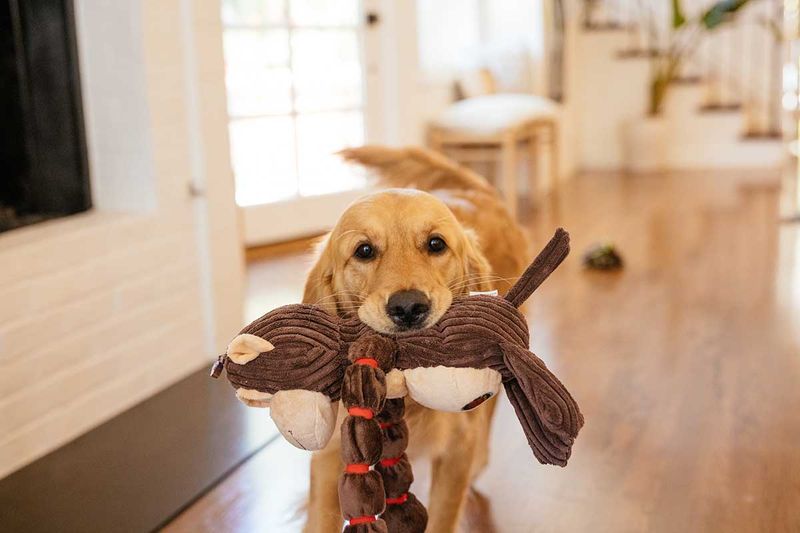
Remember how excited your dog gets when you grab that squeaky toy? Play isn’t just fun – it’s how dogs bond with their humans and fulfill their instinctual needs.
Regular play sessions satisfy your dog’s natural desires to chase, fetch, or tug while strengthening your connection. Even 10 minutes daily makes a massive difference in their happiness and behavior.
8. Rough Physical Handling
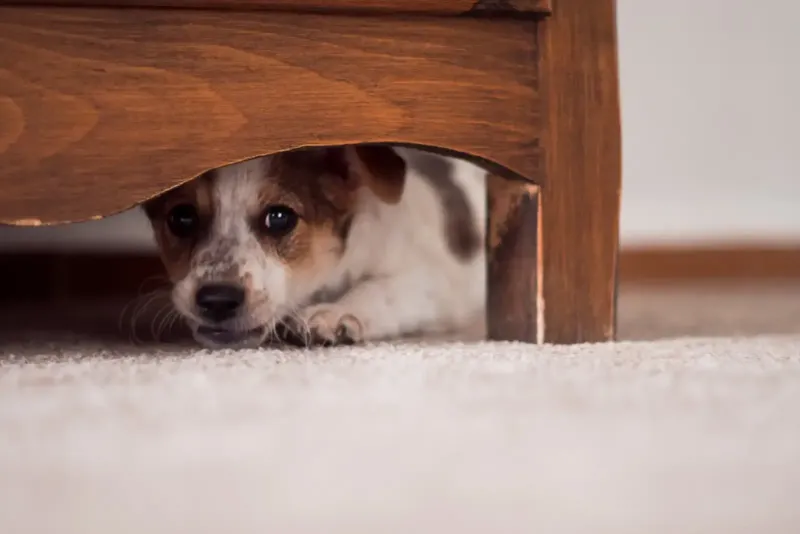
Grabbing collars, forceful grooming, or physically moving your dog without warning can create lasting fear. Dogs remember negative physical experiences and may develop anxiety around hands or certain activities.
Always approach physical contact gently, with warning and treats when needed. This builds trust that your touch means safety, not stress or pain.
9. Training With Positive Reinforcement

Catching your dog doing something right creates a happy, eager learner. Unlike punishment-based methods, positive reinforcement builds confidence while teaching desired behaviors.
Use treats, praise, and play to reward good choices. Your furry friend will start offering those behaviors more often, creating a cycle of success that strengthens your communication and mutual respect.
10. Creating Special Rituals Together

Morning cuddles, evening walks, weekend hikes – consistent rituals give your dog something wonderful to anticipate. These special routines become the highlight of their day.
The predictability of shared activities creates security and joy. Your pup learns when to expect quality time with you, reducing anxiety and building a sense of partnership in your daily life together.
11. Learning Their Body Language

Dogs speak primarily through subtle physical signals. That lip lick might mean stress, while a play bow is an invitation for fun.
Taking time to understand what your dog is communicating shows tremendous respect. When you respond appropriately to their signals, you’re telling them, “I hear you,” which builds incredible trust and security.
12. Massage And Gentle Touch
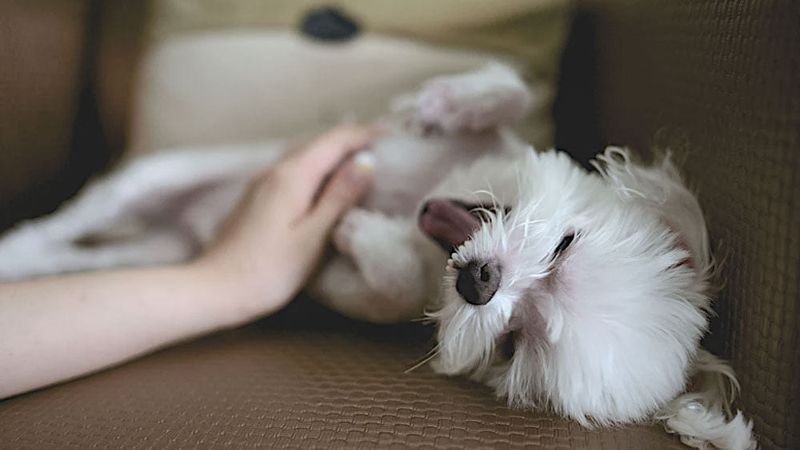
Physical affection releases oxytocin – the bonding hormone – in both you and your dog. A gentle ear rub or calm back massage creates powerful connection without requiring much time.
Find your dog’s favorite spots (many love chest or base-of-tail scratches). Just 5 minutes of mindful touch daily can significantly reduce anxiety and create a deeper sense of security in your relationship.
13. Enrichment Activities
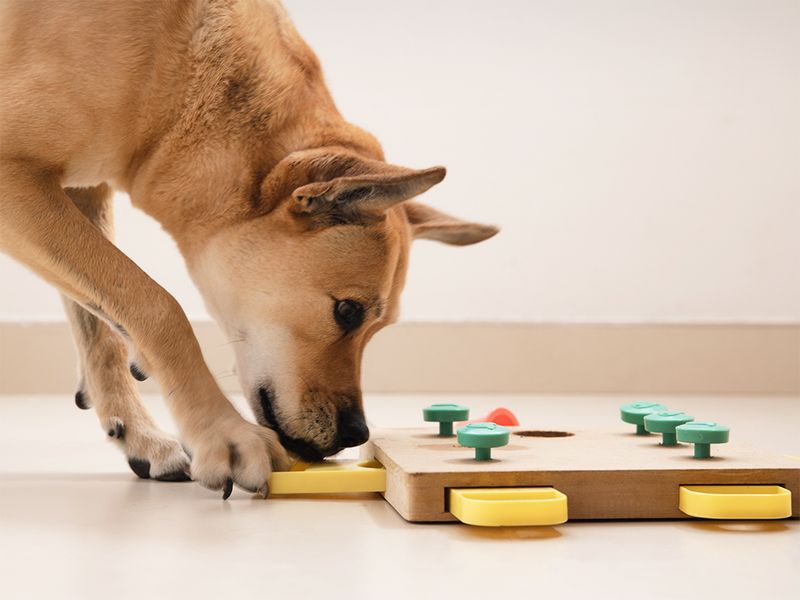
Mental stimulation is as important as physical exercise for dogs. Puzzle toys, snuffle mats, and training games satisfy their natural problem-solving instincts and prevent boredom.
Watching your dog figure out a challenge is incredibly rewarding for both of you. These activities build confidence while giving them appropriate outlets for natural behaviors like sniffing, chewing, and foraging.
14. Speaking Softly And Calmly

Your tone matters tremendously to your dog. They may not understand your words, but they absolutely comprehend the emotion behind them.
Using a gentle, positive voice creates a sense of safety and warmth. Your dog learns to associate your voice with good things rather than stress or commands, encouraging them to stay close and attentive to you.
15. Respecting Their Preferences
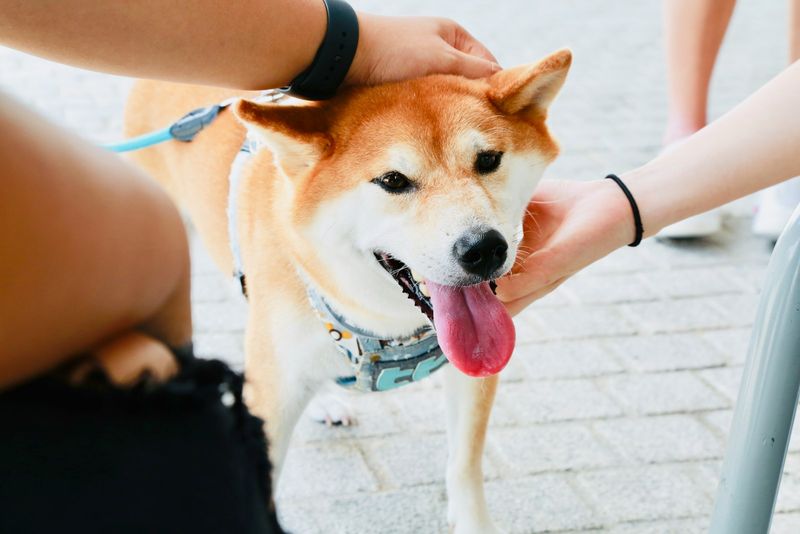
Just like people, dogs have unique likes and dislikes. Some adore water while others hate rain. Some enjoy rough play while others prefer gentle games.
Taking note of what makes your dog happy versus uncomfortable shows deep respect for their individuality. When you honor their preferences, you’re saying, “I see you as a unique being,” which creates profound trust.






